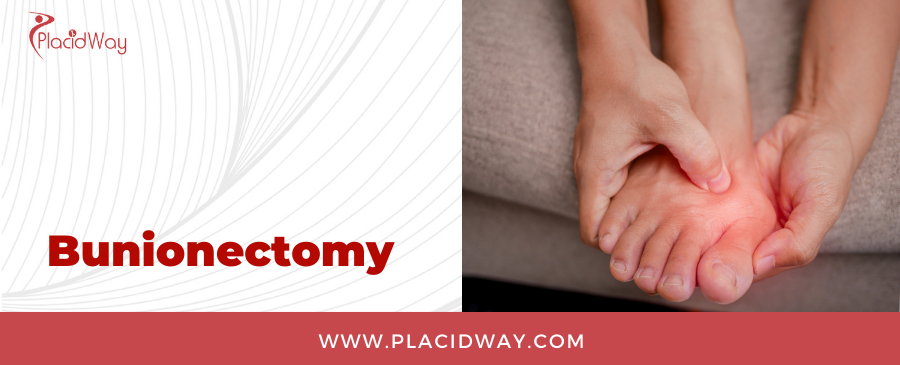
Table of Content
A bunionectomy is a surgical procedure designed to correct bunions, which are bony bumps that form at the base of the big toe. Bunions occur due to misalignment of the bones in the foot, often causing pain, swelling, and difficulty with walking. The surgery aims to realign the bones, remove the bunion, and relieve associated discomfort, ultimately improving foot function and appearance.
| Treatment Type | Description |
|---|---|
| Traditional Bunionectomy | Involves making an incision over the bunion to remove it and realign the bones of the big toe. |
| Minimally Invasive Bunionectomy | Uses smaller incisions and specialized instruments to correct the bunion, resulting in faster recovery and less scarring. |
To find out Different Packages for Bunionectomy, Click here.
The bunionectomy procedure generally involves the following steps:
| Step | Description |
|---|---|
| 1 | Initial evaluation, including X-rays to assess the extent of the bunion. |
| 2 | Administration of anesthesia, typically local or general depending on the patient's condition. |
| 3 | Incision made over the bunion to remove the bony bump and realign the joint. |
| 4 | Stabilization of the bones using pins or screws, followed by suturing the incision. |
| 5 | Post-operative monitoring and instructions for at-home recovery. |
| Country | Estimated Cost (USD) |
|---|---|
| Mexico | $3,000 - $4,500 |
| Turkey | $3,500 - $5,000 |
| Thailand | $3,800 - $5,200 |
| Colombia | $2,800 - $4,000 |
| India | $2,500 - $3,800 |
| Austria | $5,500 - $7,000 |
| USA | $7,000 - $10,000 |
| UK | $6,500 - $9,500 |
Find Prices for Bunionectomy Near You: Click here.
The cost of bunionectomy without insurance varies from $2,500 to $10,000, depending on the country and the clinic. More affordable options can be found in countries like India and Colombia.
Full recovery from a bunionectomy typically takes around 6-8 weeks. Patients may need to wear a protective boot and follow specific rehabilitation exercises to ensure proper healing.
The main types of bunion surgery include traditional bunionectomy, minimally invasive bunionectomy, and Lapidus procedure. The choice depends on the severity of the bunion and patient needs.
Patients may experience some pain during the initial recovery period, but pain is managed with medication. Minimally invasive techniques often result in less post-operative pain.
Yes, there is a possibility that bunions may recur after surgery, especially if proper footwear and preventive measures are not followed post-recovery.
Are you ready to get relief from bunion pain and improve your foot health? PlacidWay can connect you to top-quality clinics offering bunionectomy Abroad. Our network of experienced specialists and accredited facilities will help you get the care you need at an affordable price. Contact us today to learn more and schedule your consultation. Let PlacidWay guide you towards a pain-free future!
Orthopedic Surgery Abroad, Knee Sugery Abroad